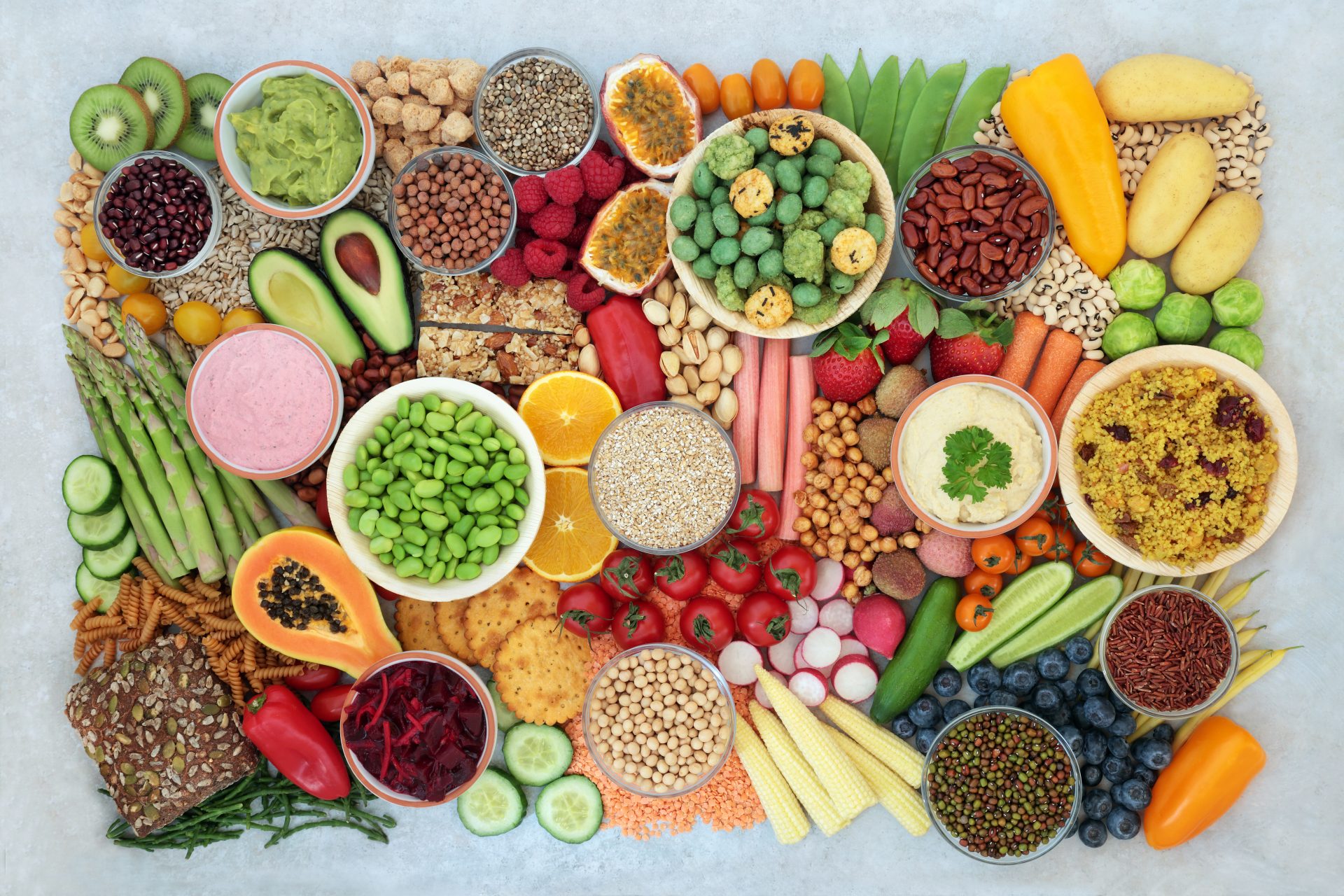‘Anti-nutrients’ are the health-boosting chemicals you might need more of
While ‘anti’ anything often sounds negative, don’t be put off by the label – anti-nutrients are essential to our overall wellbeing and can be consumed safely, with a little insider knowledge.
Nutrients are necessary, life-protecting chemicals that exist in all the healthy foods we try to eat more of. But what about anti-nutrients? They sound like the opposite of what we should be eating, but the truth is somewhat more complicated. While the name might be frightening, anti-nutrients are present in many of the wholesome foods we eat every day, from sweet potatoes to nuts and wholegrains.
And while they don’t necessarily deserve a bad rap, there are some things it’s wise to be aware of. If you’ve never heard of them before, here’s our guide to what they are, why they have a slightly intimidating name and how to include them safely in a balanced, nutritionally complete diet.
You may also like
Boost your energy with this carbohydrate and nutrient-rich faux pulled pork recipe
What are anti-nutrients?
Anti-nutrients are essentially dietary substances that can block the absorption by the body of other nutrients. You may have heard of some of them – lectins, tannins, oxalates – and they’re found exclusively in plant foods, which is why people on a plant-based diet might be concerned.
“Anti-nutrients include lectins, oxalates, phytates, phytoestrogens, goitrogens and tannins,” explains nutritionist Thalia Pellegrini. “They may potentially restrict the bioavailability of key nutrients, and for some individuals may be best avoided or kept to a minimum.
You may also like
10 veggie recipes to whip up in 15 minutes or less
“Anti-nutrients are found in plant foods,” explains Pellegrini. “Lectins are in legumes, seeds, nuts, fruits and vegetables; oxalates are in spinach, Swiss chard, beetroot, rhubarb, nuts, legumes, sweet potatoes, potatoes; phytoestrogens are found in soy and soy products (these are isoflavones).
“Lignans are in flaxseeds, and you’ve likely heard of tannins in tea, cocoa, grapes, berries, apples, stone fruits, nuts, beans and whole grains. Goitrogens are found in brassicas including kale, broccoli, cabbage and brussels sprouts.”

Are anti-nutrients harmful?
On the surface, all those anti-nutrient-containing foods all sound super healthy – who doesn’t love spinach and sweet potatoes. So, what’s the problem? Well, for some people (particularly those with specifically diagnosed issues) some anti-nutrients can exacerbate these issues.
“Lectins may cause inflammation or cause digestive symptoms in some people,” explains Pellegrini. “Goitrogens may impact thyroid function in people with hypothyroidism or iodine deficiency. Oxalates for example may increase the risk of kidney stones, so if you have kidney stones, you may be advised to reduce foods high in oxalates.
“Tannins may inhibit the absorption of iron. That’s why the NHS recommends leaving two hours from taking an iron supplement to having tea or tannin-rich foods.”
You may also like
Trying to eat more plants? These 8 vegan food hacks will help you up your intake
Should we be avoiding anti-nutrients?
In a word: no. Anti-nutrients have their own important health benefits: phytates, for example, found in foods such as seeds, nuts and legumes, have been found to help healthy digestion, reduce cholesterol and prevent spikes in blood sugar levels, while many anti-nutrients contain antioxidants crucial for defending the body against free radicals, along with cancer-busting properties.
Pellegrini agrees that it’s unnecessary to avoid anti-nutrients entirely.
“The good news is that for most people, in the quantities of any of these foods that they eat day to day, these are unlikely to be a problem,” she explains. “For example, while it’s true that vegetables including broccoli may impact thyroid function if you have hypothyroidism, you’d have to eat one or two kilos of raw broccoli for there to be an effect. That’s about five heads of broccoli.”
How to avoid any negative impact of anti-nutrients
Fortunately, there are ways to reduce the risk of anti-nutrients and still enjoy them as part of your healthy balanced diet.
Prepare them safely
Mixing up cooking methods can help to counteract the negative effects of many anti-nutrients.
“We can reduce the impact of anti-nutrients depending on how we prepare these foods,” reassures Pellegrini. “Studies show that soaking, boiling and roasting help, while peeling the skins of some foods such as fruits and nuts can also help.”
So, you might want to roast your sweet potato for maximum benefits, or boil kidney beans thoroughly.
Mix them up with other foods
Combining foods with and without anti-nutrients can help, since they affect our ability to absorb other nutrients at the same time. Therefore, it’s generally recommended not to eat lots of them at the same time, but rather have a variety of foods at each meal. Think pairing your spinach with a high-calcium food such as tofu or sardines or including a cup of fresh berries with your morning cereal.
The experts agree that while certain foods do contain small amounts of anti-nutrients, the benefits of including them in a healthy balanced diet appear to outweigh any negatives – so go ahead and eat those brussels sprouts (if you really want to).
Images: Getty
Source: Read Full Article
